Idea by
Alia Mortada, Fady Nageh, Ashraf Osam, Mohab M. Shehab
Call for ideas 2020
Playfield
Playfield
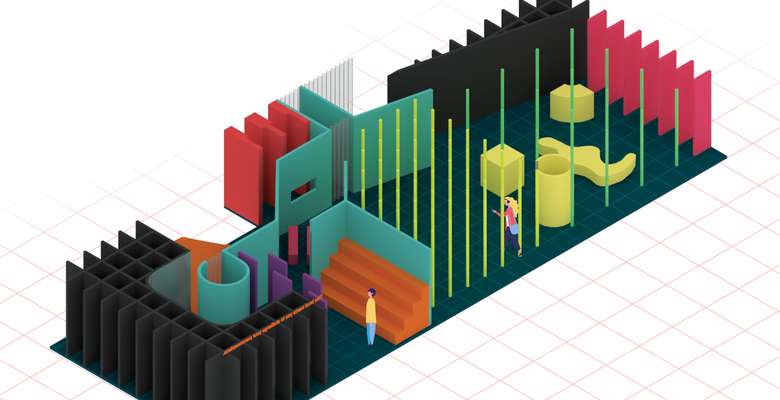
- New alliances
Over the last decade the scope of individual subjectivity has been constantly challenged. Media consumerism, echo chambers, political borders and physical & digital gated communities powered by walls and algorithms are just a few of an array of ever growing confinements imposed by and onto the global community. Subjectivity has become a luxury and regaining control over our occupied space has become an act of defiance. Playfield recognizes the role architecture plays in shaping our confinements but also concedes the fact that architecture is often a product of our own political, economic and social restrictions as decision-makers, architects and builders. The game represents a fragment of a global game of restrictions which positions the player at its center and can only be experienced in and through the player’s presence. The game levels represent the obstacles we face daily that prevent us from understanding, occupying, producing and enjoying the spaces in which we can live together.
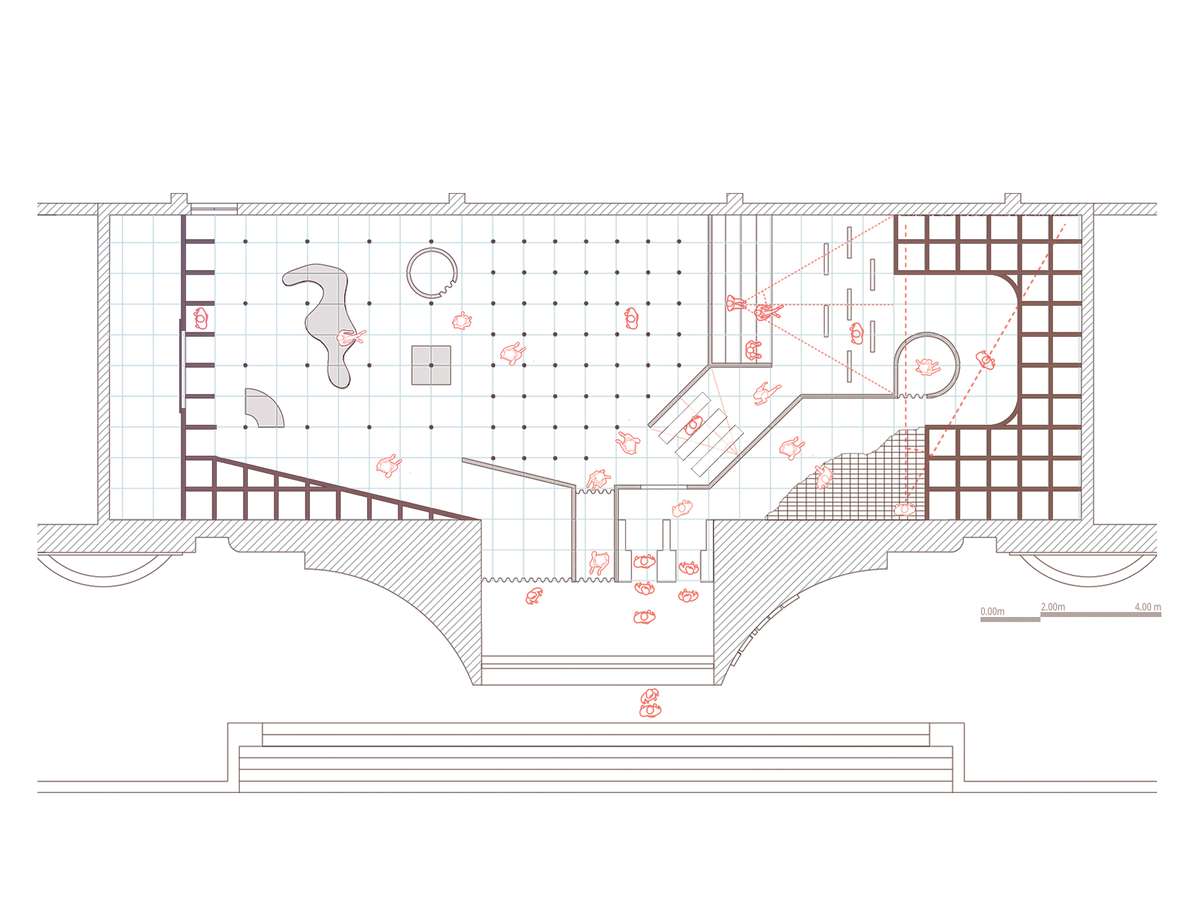
Our proposal for The Egyptian Pavilion at the Venice Biennale 2020 responds to the question of “How will we live together?” with a design of an installation that engages the visitor in an experimental spatial game. In an attempt to imagine “a space in which we can generously live together” we had to stop and reflect upon what is preventing us from living together right now.
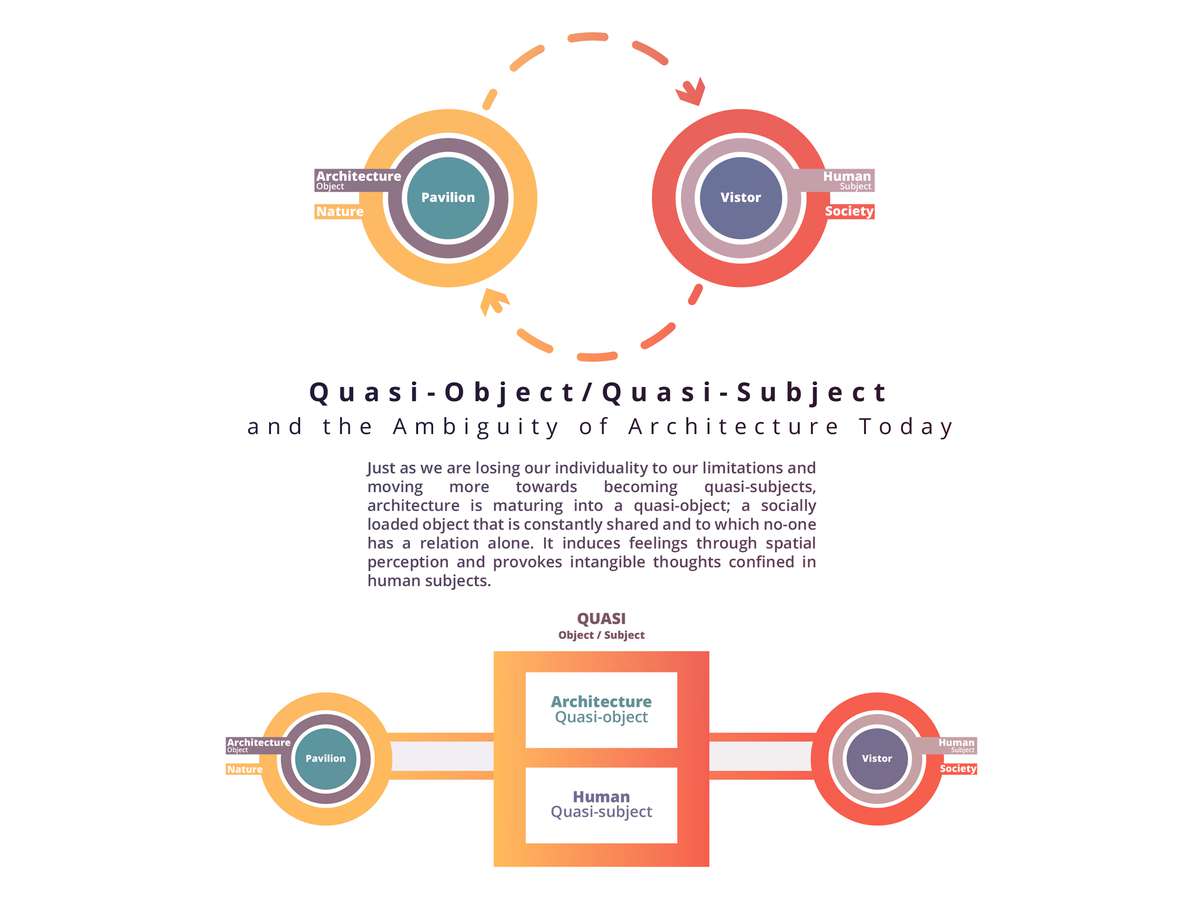
Referring to the “Theory of the Quasi-Object” by French philosopher, theorist and writer Michel Serres from 1980 in which he describes the quasi-object as a mediator between lifeless objects and human subjects, “Playfield” looks at architecture and how it acts as a mediator - succeeding in empowering the individual at times, and triggering segregation and disconnectedness at other times.
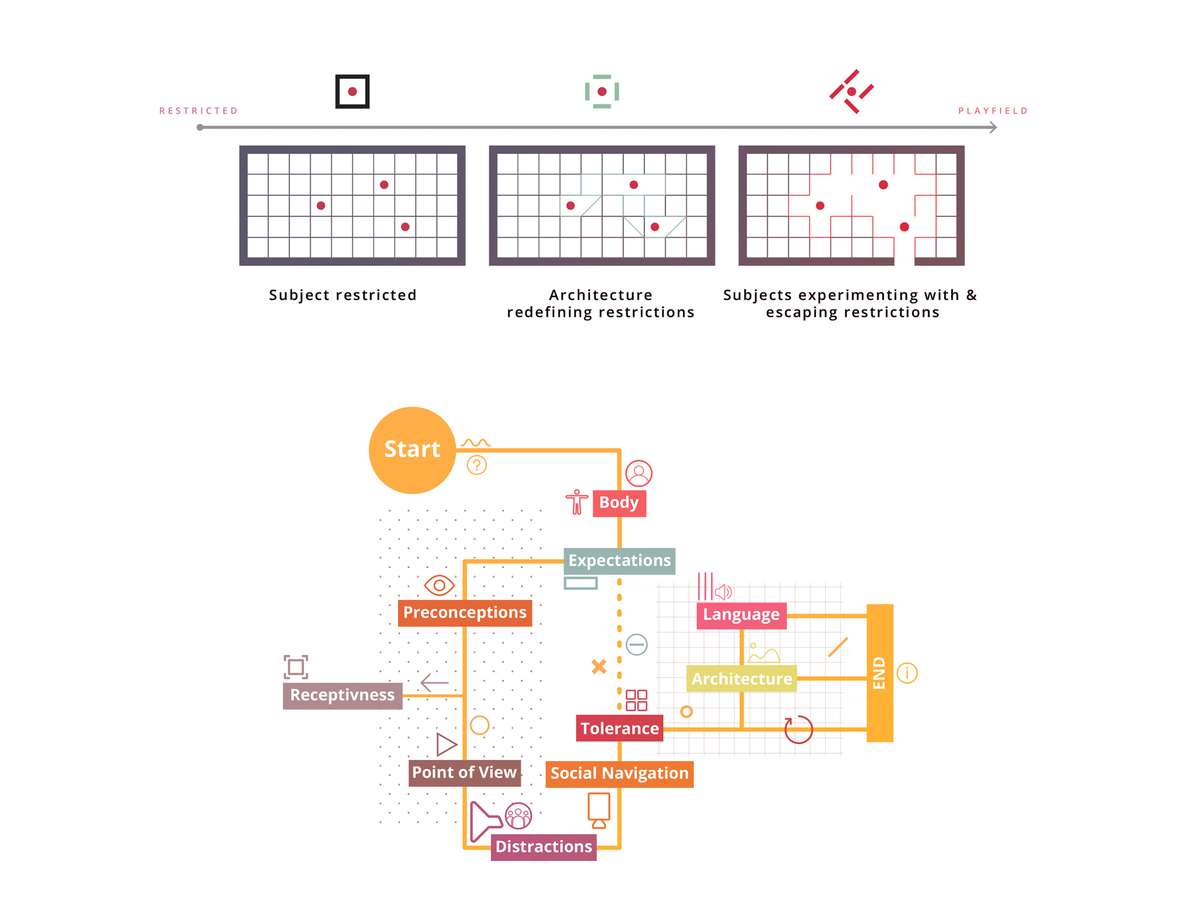
“Playfield” explores the continuous flow of influence between architecture and human subjects. It tests the role of architecture (the quasi-object) and the visitor (the quasi-subject/player) in balancing how we will live together as a community. How can architecture - and the role of the mediator it embodies - unburden the subject of her/his restrictions? How can the subject challenge and act against these obstacles?

The visitors/players are propelled onto the “Playfield” through a small entry lane where they will be introduced to the relationship between their bodies and the space. Once inside the pavilion they get to decide how and for how long they want to engage with the spaces they encounter. They decide the force and energy with which they embark on the game.
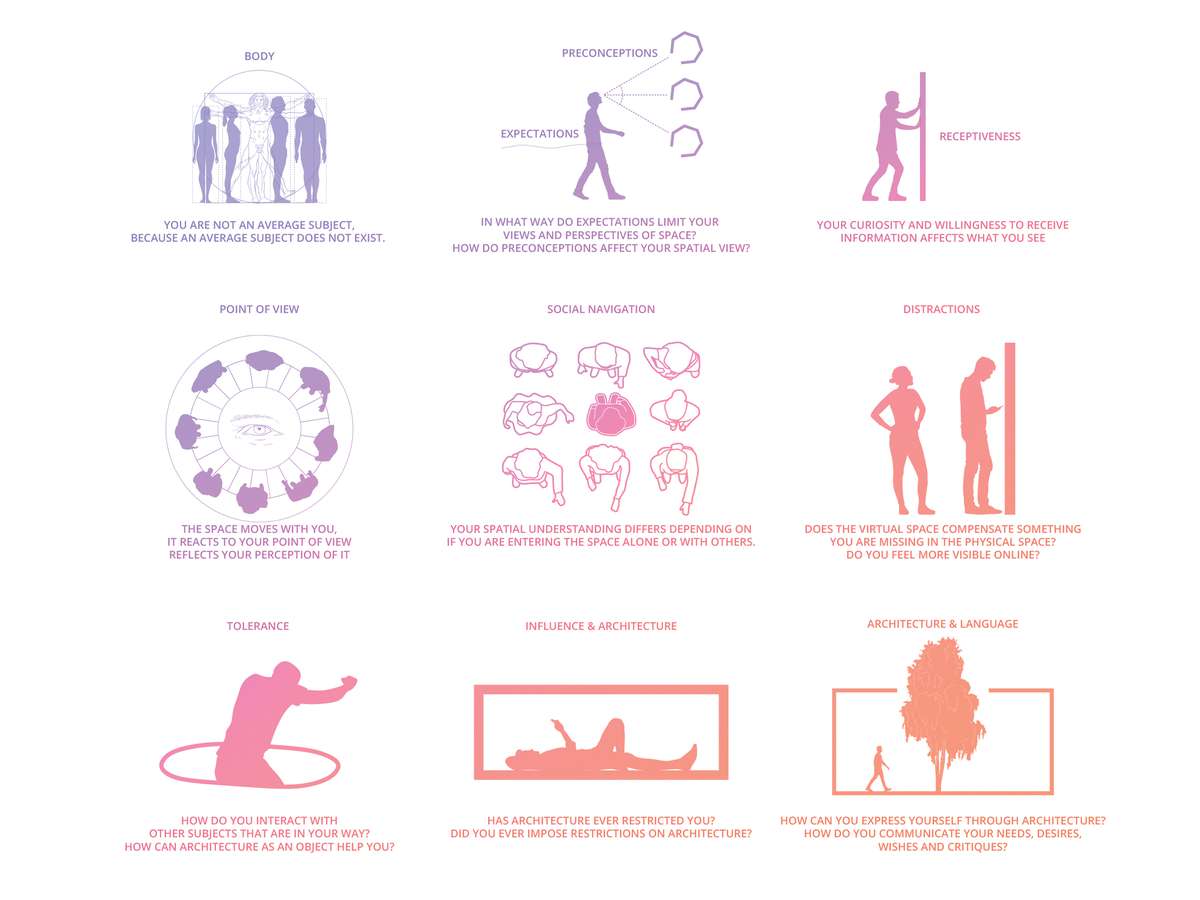
1Body:the entrance that is too tight 2Expectations:the window you can peak through 3Preconceptions:the mountain you climb to see beyond the obvious 4Receptiveness:the room you chose to enter 5Point of View:the mirrors that reflect you 6Social Navigation:the walls and people that you navigate 7Distractions:the space that allows you to be distracted 8Tolerance:the benches and people that are in your way 9Influence&Architecture:the structure you occupy 10Language:the space you communicate with
Playfield
Playfield

- New alliances
Over the last decade the scope of individual subjectivity has been constantly challenged. Media consumerism, echo chambers, political borders and physical & digital gated communities powered by walls and algorithms are just a few of an array of ever growing confinements imposed by and onto the global community. Subjectivity has become a luxury and regaining control over our occupied space has become an act of defiance. Playfield recognizes the role architecture plays in shaping our confinements but also concedes the fact that architecture is often a product of our own political, economic and social restrictions as decision-makers, architects and builders. The game represents a fragment of a global game of restrictions which positions the player at its center and can only be experienced in and through the player’s presence. The game levels represent the obstacles we face daily that prevent us from understanding, occupying, producing and enjoying the spaces in which we can live together.
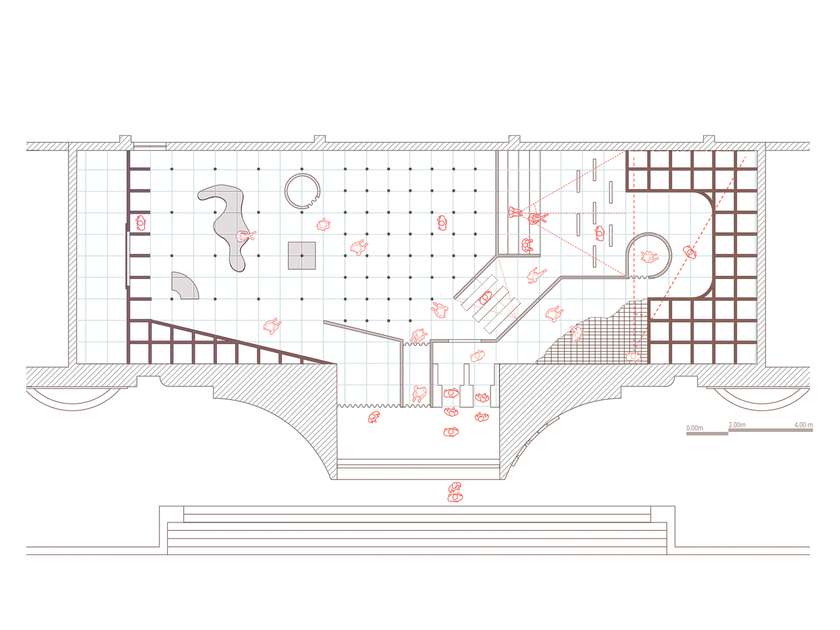
Our proposal for The Egyptian Pavilion at the Venice Biennale 2020 responds to the question of “How will we live together?” with a design of an installation that engages the visitor in an experimental spatial game. In an attempt to imagine “a space in which we can generously live together” we had to stop and reflect upon what is preventing us from living together right now.
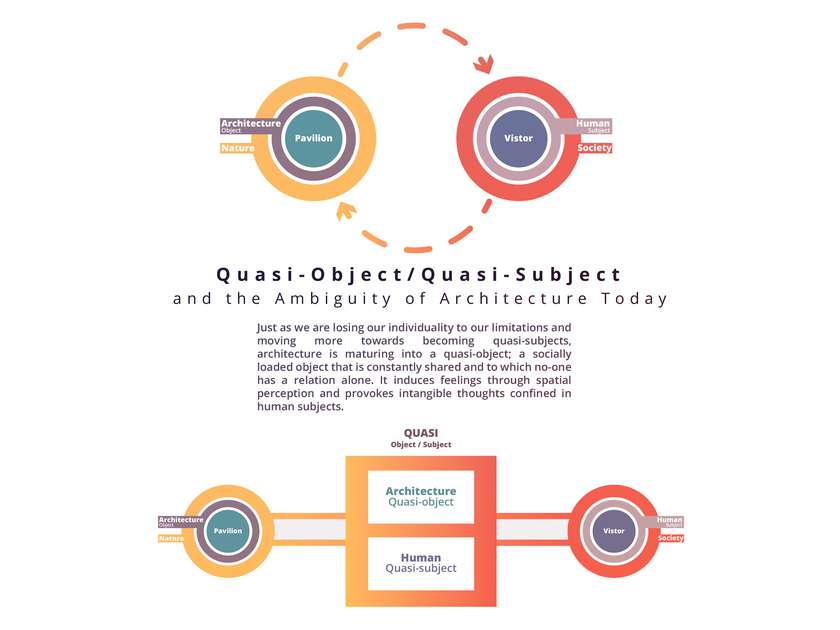
Referring to the “Theory of the Quasi-Object” by French philosopher, theorist and writer Michel Serres from 1980 in which he describes the quasi-object as a mediator between lifeless objects and human subjects, “Playfield” looks at architecture and how it acts as a mediator - succeeding in empowering the individual at times, and triggering segregation and disconnectedness at other times.

“Playfield” explores the continuous flow of influence between architecture and human subjects. It tests the role of architecture (the quasi-object) and the visitor (the quasi-subject/player) in balancing how we will live together as a community. How can architecture - and the role of the mediator it embodies - unburden the subject of her/his restrictions? How can the subject challenge and act against these obstacles?
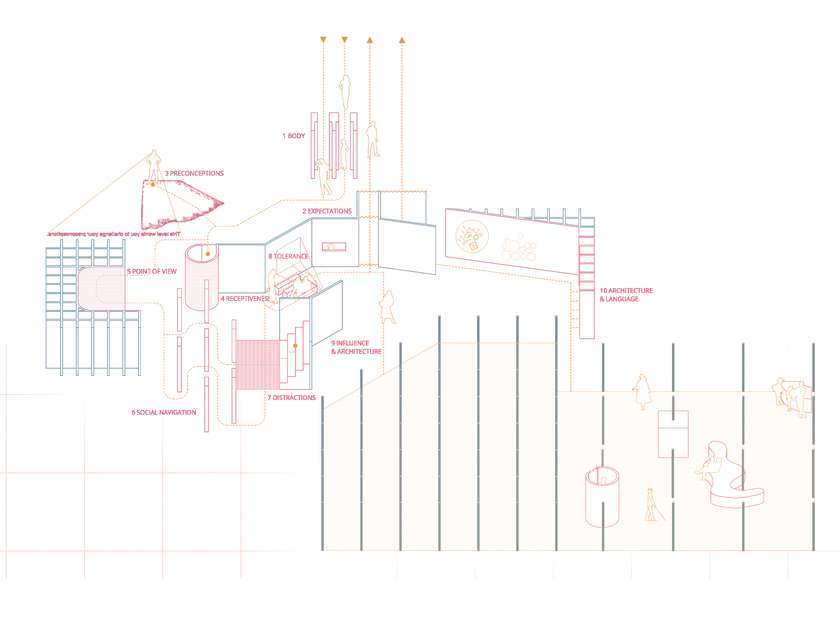
The visitors/players are propelled onto the “Playfield” through a small entry lane where they will be introduced to the relationship between their bodies and the space. Once inside the pavilion they get to decide how and for how long they want to engage with the spaces they encounter. They decide the force and energy with which they embark on the game.
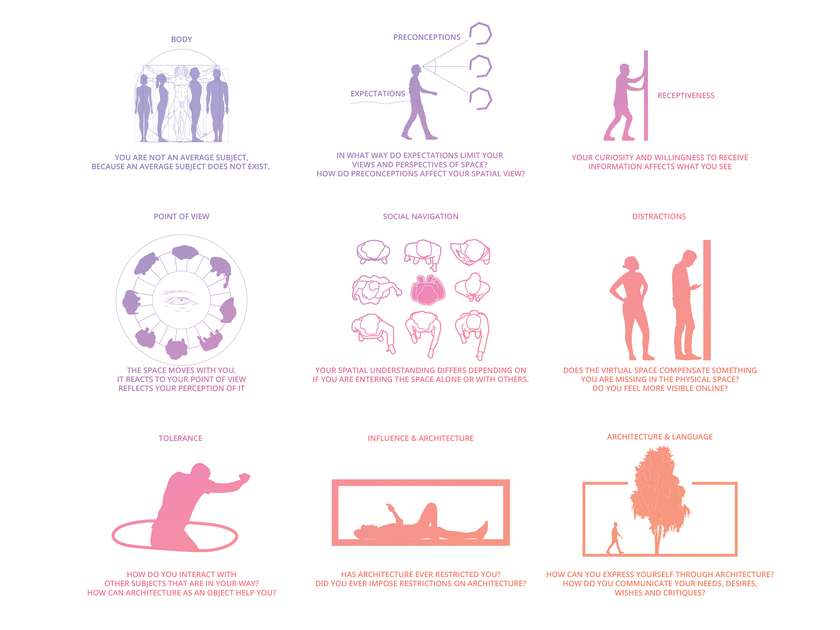
1Body:the entrance that is too tight 2Expectations:the window you can peak through 3Preconceptions:the mountain you climb to see beyond the obvious 4Receptiveness:the room you chose to enter 5Point of View:the mirrors that reflect you 6Social Navigation:the walls and people that you navigate 7Distractions:the space that allows you to be distracted 8Tolerance:the benches and people that are in your way 9Influence&Architecture:the structure you occupy 10Language:the space you communicate with